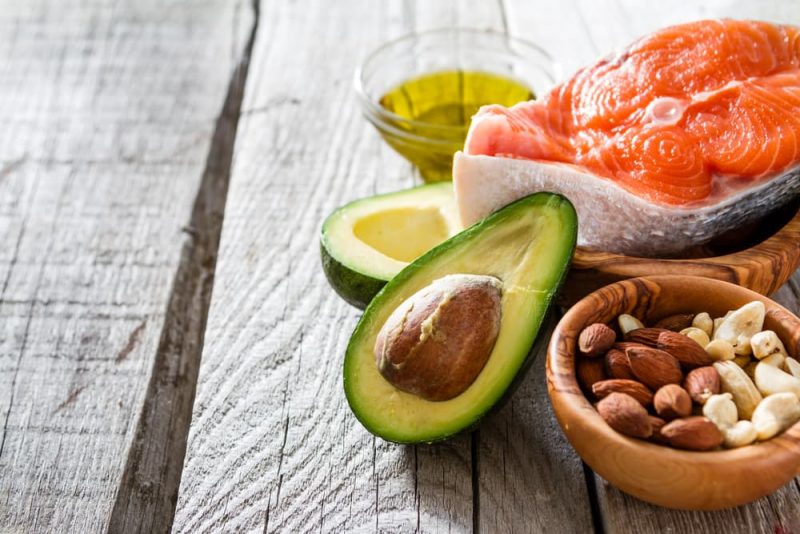The fatty acids they are biomolecules of lipid constitution that constitute the elemental component of fat. They are made up of carbon chains that have a carboxyl group, with a usually even number of carbons: generally from 16 to 22 carbon atoms. For instance: butyric fatty acid, oleic fatty acid, linoleic fatty acid.
This number of atoms contributes to the metabolism of eukaryotes, as fatty acid chains are synthesized and degraded by adding or removing acetate units.
Fatty acids are present in food, in general combined with another class of substances: free are rare, and are usually the product of lipolytic alteration. However, they are fundamental constituents of the vast majority of lipids.
Fatty acid classification
When the bonds between carbons they are simple, always having the same distance between them, it is said that they are saturated fatty acids. The longer the chain, the greater the possibility of formation of these weak interactions, which at room temperature are usually in the solid state.
When the links, on the other hand, are of double or triple character and the distance between the carbons is not constant and neither are the bond angles, the fatty acids are usually in a liquid state and it is said that it is in the presence of unsaturated fatty acids. A healthy diet should have fatty acids of the saturated type as well as the unsaturated type.
Importance in diet

Fatty acids are of vital importance in the human feeding They contain a series of basic elements for the proper functioning of the body, such as various vitamins.
The creation of enzymes and cell membranes, Even brain activity and cardiovascular health are highly favored when there is a regular consumption of this kind of food, which is further deepened in the case of children as fatty acids ensure proper growth and development.
Risks in excess
However, the consumption of fats must be properly ordered with respect to the aforementioned classification, because when it is done in excess it has some intrinsic risks: lipid metabolism disorders may occur, such as cholesterol; it can contribute to overweight and obesity, or it can favor the production of cardiovascular diseases such as high blood pressure, coronary heart disease and thrombosis.
Some Metabolic diseases such as diabetes, they occur from excess fat consumption, which in many cases appear in foods with a very rich taste and very attractive to consumers.
Usually the recommendation of the medical associations is that the daily intake of energy from fats does not exceed 30% of the daily diet, and that these fats contain no more than 25% of saturated fatty acids.
Types of fatty acids
In the following list, the first twelve correspond to the category of the saturated fatty acids.
- Butyric fatty acid
- Caproic fatty acid
- Caprylic Fatty Acid
- Lauric fatty acid
- Arachidic fatty acid
- Behenic fatty acid
- Lignoceric fatty acid
- Cerotic fatty acid
- Myristic fatty acid
- Palmitic fatty acid
- Stearic fatty acid
- Caproleic fatty acid
- Lauroleic fatty acid
- Palmitoleic fatty acid
- Oleic fatty acid
- Vaccenic fatty acid
- Gadoleic fatty acid
- Ketoleic fatty acid
- Erucic fatty acid
- Linoleic fatty acid
- Linolenic fatty acid
- Gamma linolenic fatty acid
- Stearidonic fatty acid
- Arachidonic fatty acid
- Clupadonic fatty acid
